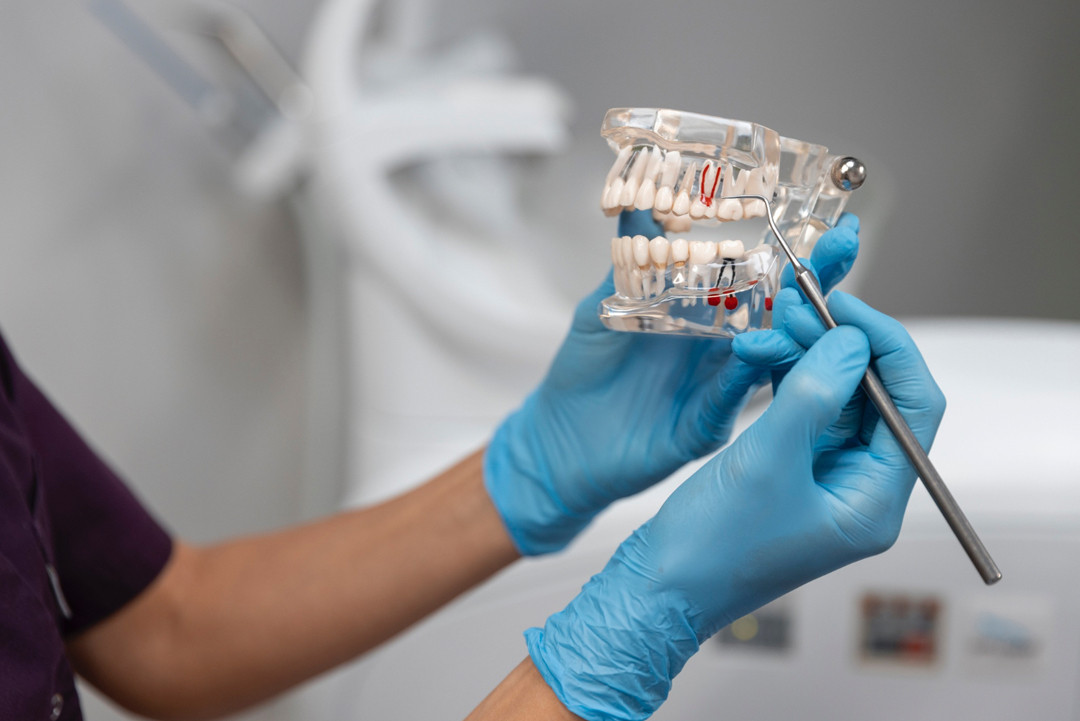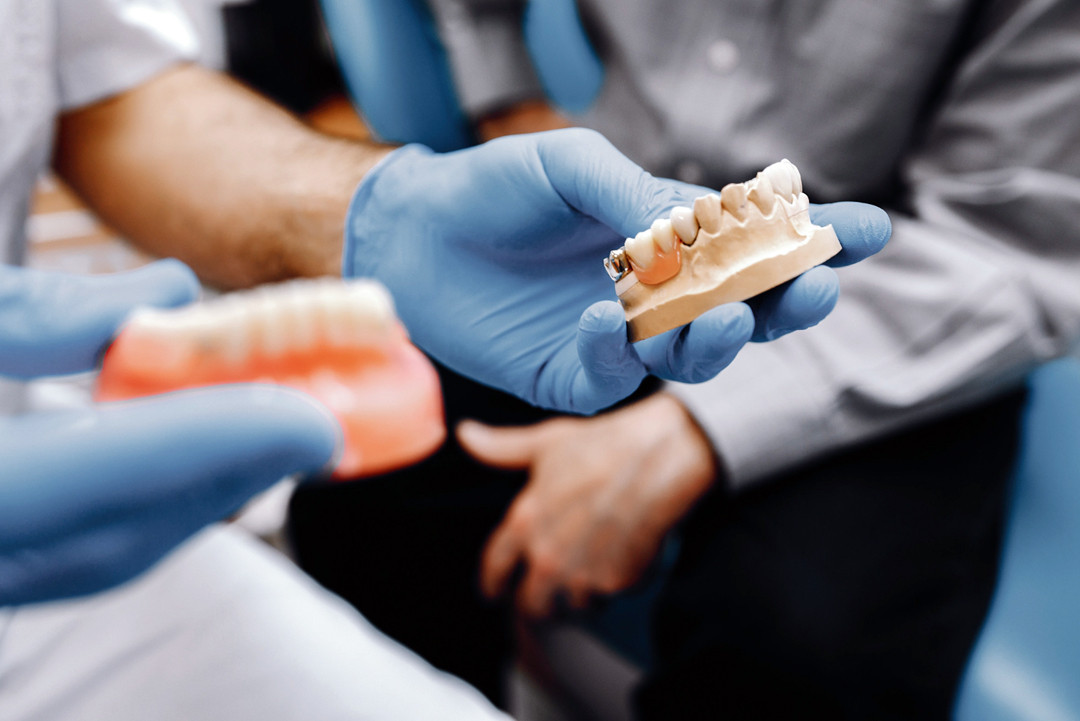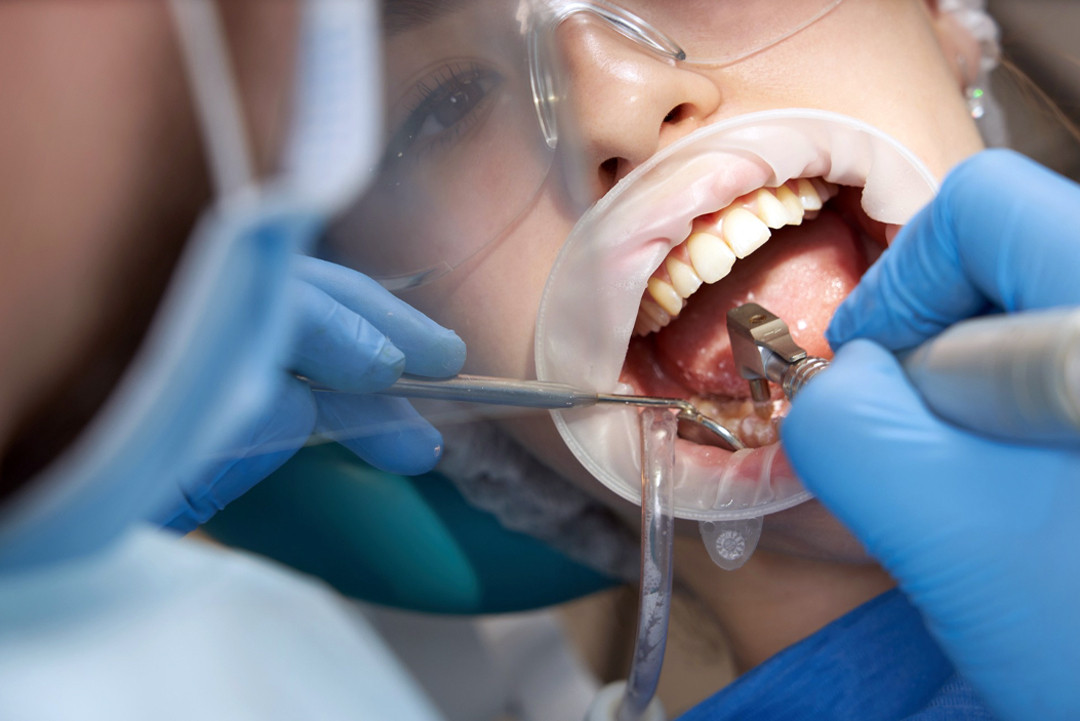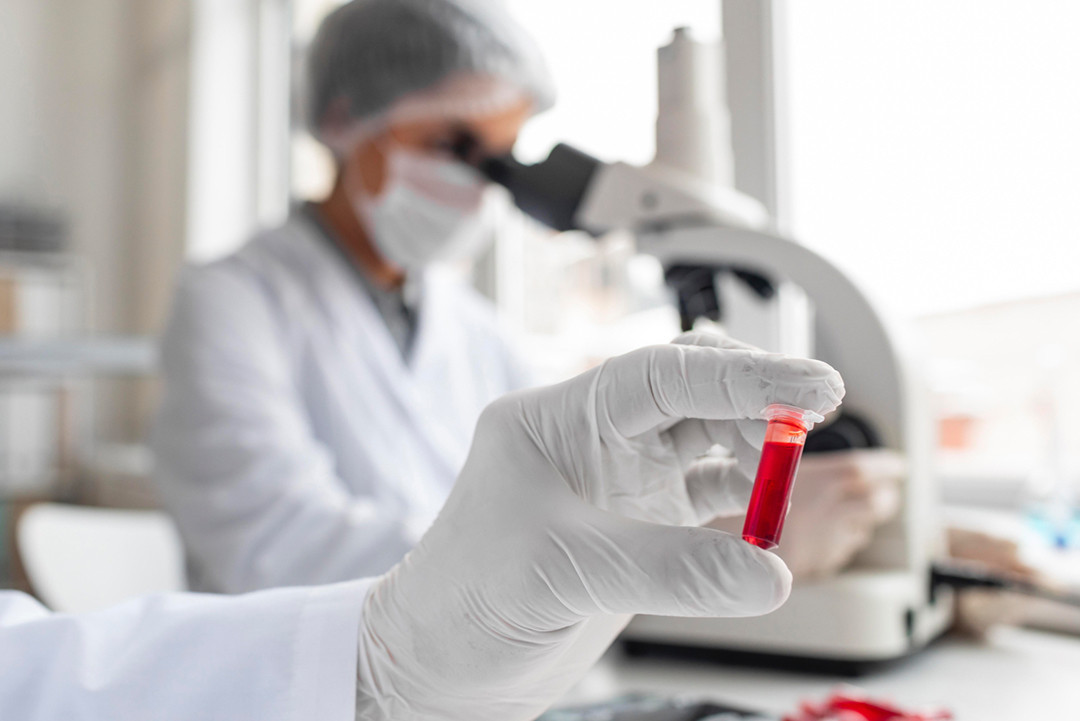Overview of Pediatric Dentistry
Pediatric dentistry, also known as Pedodontics, specializes in maintaining and improving the oral health of children, from infancy to adolescence. It encompasses preventive care, therapeutic treatments, and guidance for long-term dental health habits. Pediatric dentists are trained to address the unique needs of children, including those with special healthcare requirements.
Importance of Pediatric Dentistry
- Preventative Care: Helps avoid serious oral health issues by addressing problems early.
- Child-Specific Needs: Tailored treatments for baby teeth (primary teeth) and permanent teeth.
- Education: Teaching children the importance of dental hygiene and habits for lifelong oral health.
- Early Intervention: Detects and corrects developmental dental issues or abnormalities.
Diagnostic Methods in Pediatric Dentistry
- Visual Inspection:
- Examination of teeth, gums, and jaws for decay, infections, or growth abnormalities.
- Identification of early signs of cavities, misalignment, or gum disease.
- Digital X-Rays:
- High-resolution imaging for a detailed view of teeth, bones, and surrounding structures.
- Identifies cavities, infections, or abnormalities invisible during visual inspection.
- Intraoral Cameras:
- Small handheld devices providing detailed images of the mouth.
- Helpful for identifying hidden problems and explaining treatment options to parents.
Treatments Offered by Pediatric Dentists
- Fillings:
- Used to treat cavities by cleaning and filling the affected tooth.
- Materials like composite resin restore the tooth’s function and prevent further decay.
- Extractions:
- Removal of severely decayed or damaged teeth.
- Performed under local anesthesia or sedation to minimize discomfort.
- Orthodontic Treatments:
- Corrects bite problems and misaligned teeth.
- Includes braces, clear aligners, and other devices. For more complex cases, referrals to an orthodontist may be necessary.
- Sealants and Fluoride Treatments:
- Protects teeth from decay by applying protective coatings or fluoride solutions.
Role of a Pediatric Dentist
- Preventive Care:
- Focused on regular check-ups, cleanings, and treatments to prevent oral health issues.
- Child-Friendly Approach:
- Creates a comfortable and reassuring environment to alleviate dental anxiety.
- Uses communication techniques tailored to children.
- Comprehensive Treatment Planning:
- Reviews medical history to develop individualized care plans.
- Collaborates with parents to ensure consistent dental hygiene practices at home.
- Addressing Special Needs:
- Provides specialized care for children with developmental or medical challenges.
Why Regular Pediatric Dental Visits Matter
- Early Detection: Identifies potential issues like cavities, misalignment, or gum disease.
- Healthy Development: Ensures proper growth and alignment of teeth and jaws.
- Preventive Education: Instills good dental hygiene habits from an early age.
- Improved Outcomes: Minimizes the need for extensive treatments later in life.
When to Visit a Pediatric Dentist
- First dental visit recommended by the first birthday or when the first tooth appears.
- Regular visits every six months for routine check-ups and cleanings.
- Immediate consultation for issues like:
- Tooth pain or sensitivity.
- Visible decay or discoloration.
- Gum swelling or bleeding.
- Early orthodontic concerns.
Pediatric dentistry ensures that your child’s oral health is prioritized and nurtured for a lifetime of healthy smiles.


















